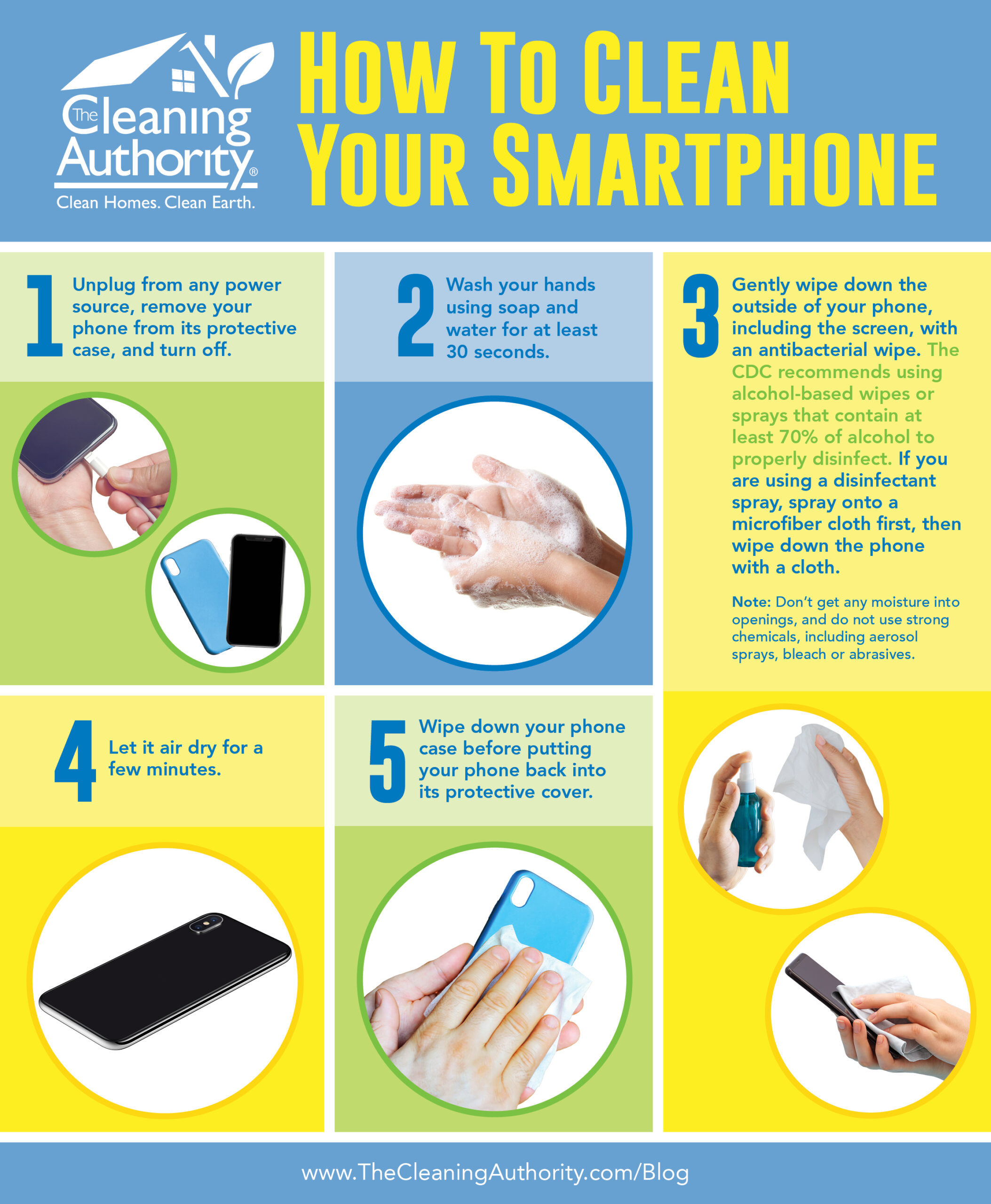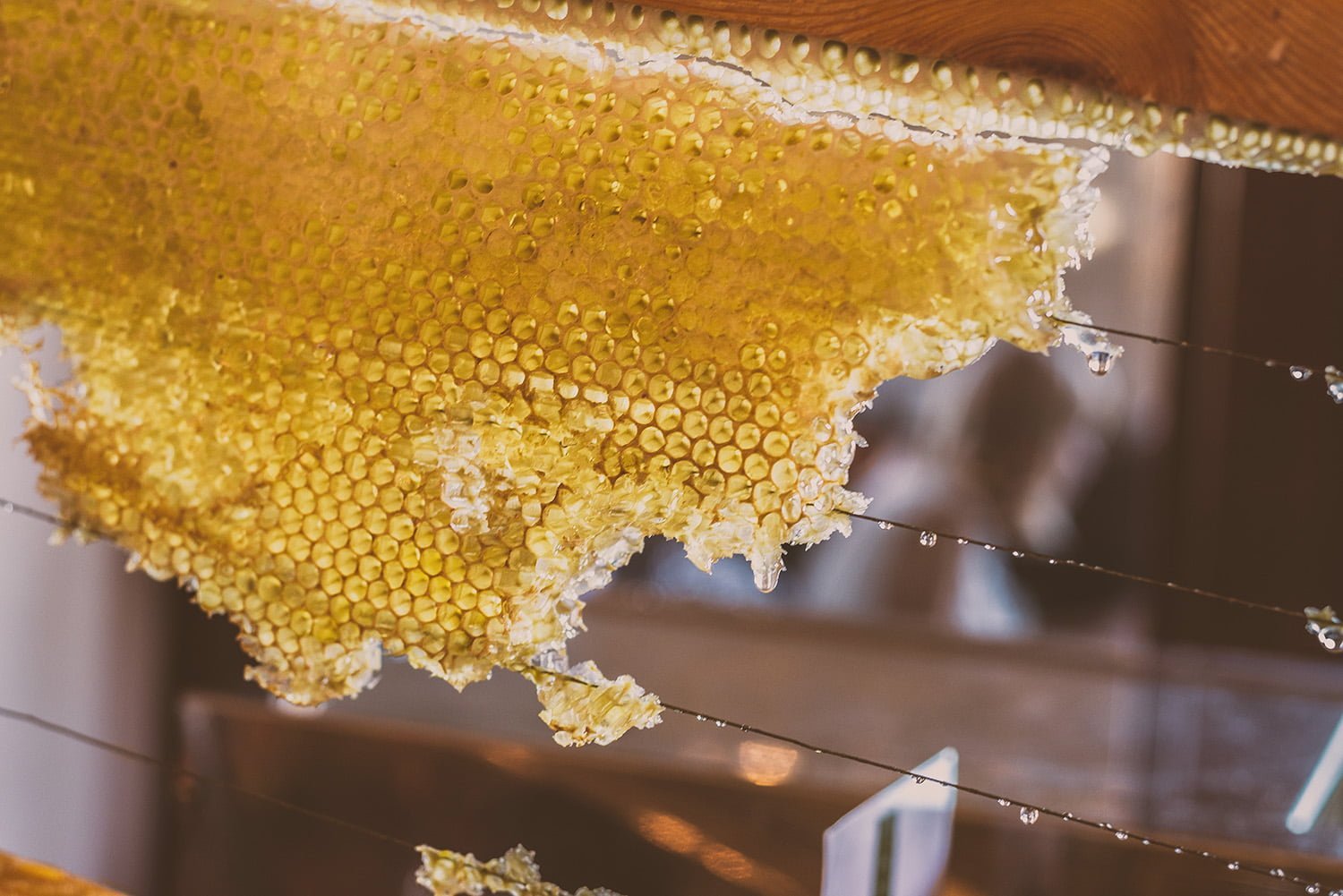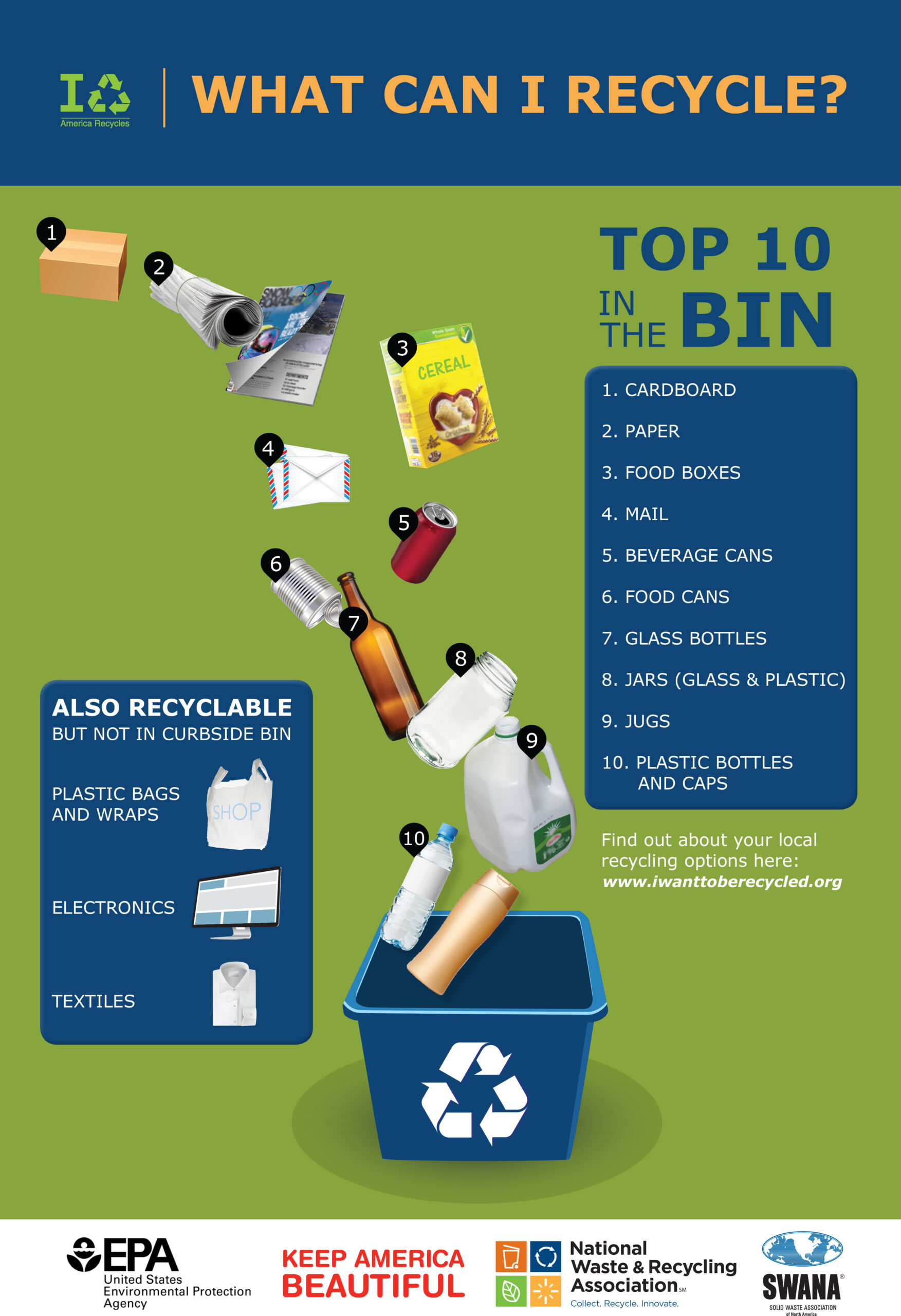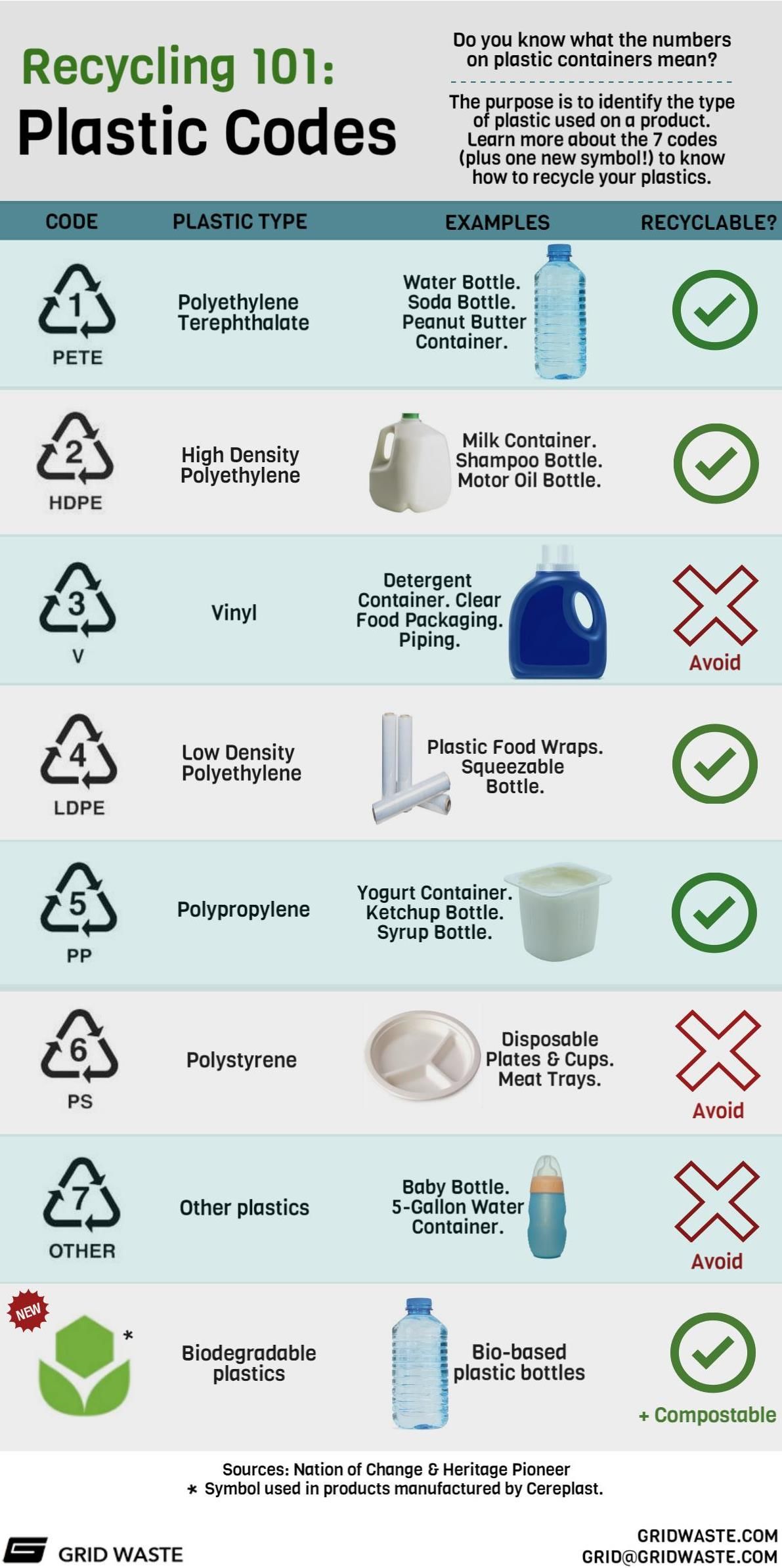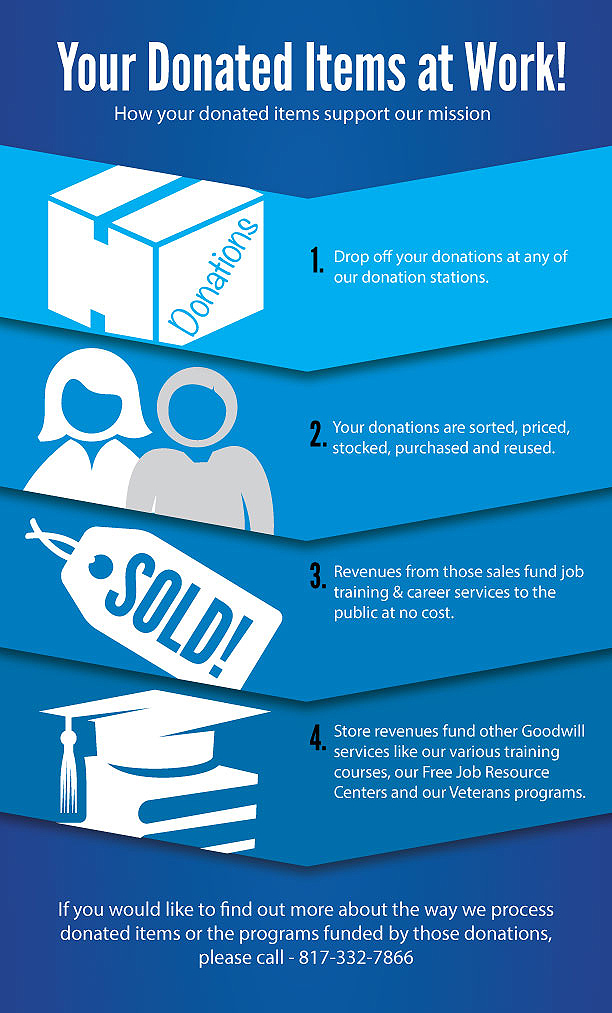Fluorescent light bulbs are a common fixture in many homes and offices, providing efficient lighting while consuming less energy than traditional incandescent bulbs. However, they contain mercury, which can be harmful if released into the environment. Therefore, it’s crucial to handle these bulbs with care, especially when they break. This article will guide you through the steps to safely clean up and dispose of a broken fluorescent light bulb, ensuring your safety and that of the environment.
How to Dispose of Light Bulbs?
Disposing of fluorescent light bulbs correctly is not as simple as throwing them in the trash. Due to the presence of mercury, they must be taken to recycling centers or hazardous waste facilities that can handle such materials. Here are the steps to follow:
- Gather the broken pieces using stiff paper or cardboard.
- Place the fragments in a sealed container.
- Label the container as ‘contains mercury’ or ‘hazardous waste.’
- Take the container to a recycling center or a designated hazardous waste facility.
Many hardware stores and municipalities offer recycling programs for fluorescent bulbs. Make sure to check with your local facilities for their specific disposal guidelines.
Why Is Proper Disposal of Light Bulbs Important?
Fluorescent bulbs, including compact fluorescent lamps (CFLs), contain a small amount of mercury. When disposed of improperly, mercury can contaminate the environment, harming wildlife and potentially affecting human health. Additionally, incorrect disposal of these bulbs could lead to legal repercussions, as many regions have strict regulations regarding hazardous waste.
By ensuring the proper disposal of fluorescent bulbs, you contribute to environmental safety and help prevent potential health risks associated with mercury exposure.

What Precautions Should You Take When Cleaning Up Broken CFLs?
Broken CFLs require careful handling to avoid mercury exposure. Before you start cleaning up:
 Browsing: Recycling & Disposal options
Browsing: Recycling & Disposal options- Air out the room for at least 10 minutes by opening windows and doors.
- Shut off central air conditioning or heating to prevent mercury vapor from spreading.
- Wear disposable gloves to avoid direct contact with the mercury.
- Use stiff paper or cardboard to scoop up glass fragments and powder.
- Duct tape can help pick up smaller pieces and residue.
- Place all cleanup materials in a sealed plastic bag or glass jar.
Do not use a vacuum or broom as they can spread mercury-containing powder or vapor.
How To Successfully Clean Up A Broken Fluorescent Light?
To clean up after breaking a fluorescent light bulb, follow a systematic approach:
- Clear the area of people and pets, and avoid walking through the broken glass or powder.
- Use protective equipment such as gloves and a face mask.
- Carefully collect the broken pieces and wipe the area with damp paper towels.
- Seal all materials, including the cleaning equipment, in a plastic bag.
- Check with your local authorities for the next steps, as some areas have special requirements for disposing of such waste.
Remember to ventilate the room where the breakage occurred for several hours to ensure any residual mercury vapors are dissipated.

Where Should You Dispose Of Broken Light Bulbs?
Broken fluorescent light bulbs should be taken to recycling centers or hazardous waste collection sites. Some retailers also offer take-back programs. It’s advisable to call ahead to confirm the acceptance of broken bulbs and any specific packaging requirements they might have.
What Are The Risks Of Broken Fluorescent Tubes?
Fluorescent tubes contain mercury, which poses health risks if inhaled or ingested. Exposure to mercury can affect the nervous system, leading to symptoms such as tremors, insomnia, memory loss, and headaches. It is especially harmful to pregnant women and children.
Broken tubes can also lead to physical injuries from glass shards. Always handle with care and wear appropriate protection.
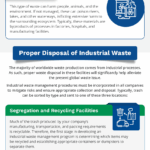 Properly disposing of leftover household paints
Properly disposing of leftover household paintsFrequently Asked Questions About Fluorescent Bulb Disposal
How to clean up after breaking a fluorescent light bulb?
When a fluorescent bulb breaks, ventilate the area and wear gloves to collect the pieces. Use a stiff paper to pick up larger fragments and duct tape for smaller ones. Dispose of the cleanup materials as hazardous waste.

Wipe the area with a damp paper towel to collect any remaining glass or mercury powder, and seal everything in a plastic bag before proper disposal.
What do you do with a broken fluorescent bulb?
After cleaning up a broken bulb, place all materials into a sealed container. Take it to a recycling center, hazardous waste facility, or a retailer with a take-back program.
Does Home Depot charge to recycle fluorescent tubes?
Home Depot offers a free recycling program for CFL bulbs at many of its stores. However, it’s best to check with your local store for their specific policies and whether they accept fluorescent tubes.
Are fluorescent light bulbs toxic if broken?
Yes, if broken, fluorescent bulbs release mercury vapor, which can be toxic. It’s important to follow safety guidelines for cleanup and disposal to minimize exposure.
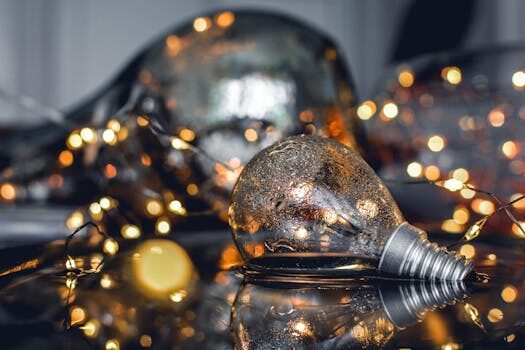
 Interview with the Founder of DefenderShield EMF Protection, Daniel DeBaun
Interview with the Founder of DefenderShield EMF Protection, Daniel DeBaunFor a visual guide on how to handle a broken fluorescent light bulb, check out this helpful video:
In conclusion, proper disposal of broken fluorescent light bulbs is essential for safeguarding human health and the environment. Always follow guidelines and take advantage of local disposal programs to ensure safe and responsible handling of these hazardous materials.

